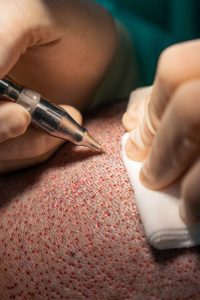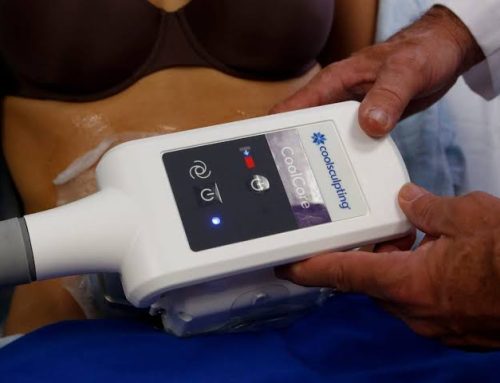Introduction
Hair transplant surgery is a popular option for individuals looking to regain their confidence and restore a fuller head of hair. However, not everyone is an ideal candidate for hair transplantation. There are several factors and conditions that surgeons need to consider before recommending or performing a hair transplant. In this article, we will explore the candidacy for hair transplants, the procedures involved, and the potential outcomes.

How do I know if I am suitable for hair transplant?
Hair transplantation is a viable option for those experiencing patterned hair loss, such as male pattern hair loss (MPHL) or androgenic alopecia (AGA), and female pattern hair loss (FPHL). The Norwood-Hamilton classification is often used to identify MPHL, while the Ludwig classification helps categorize FPHL. Most patients with pattern hair loss will become suitable candidates for transplantation as their condition progresses, provided they meet certain criteria:
- Sufficient Hair Loss: The candidate should have visible hair loss and areas of thinning. In general, if over 40% of the native hair density has been lost in particular areas, hair transplantation becomes a viable option.
- Good Donor Area: The availability of a healthy donor area with sufficient hair density is crucial. The donor area should ideally be on the sides and back of the head, which are usually spared from the pattern of alopecia and referred to as the “safe donor area.”
- General Health: Candidates should be in good overall health, without significant underlying medical conditions that could interfere with the surgical process or recovery.
- Stable Hair Loss: Hair transplant surgeons need to assess the stability of the candidate’s hair loss. If the hair loss is rapidly progressing, it is advisable to initiate medical therapy to stabilize the condition before surgery.

What is the most advanced hair transplant method?
Two of the most common hair transplant methods are Follicular Unit Extraction (FUE) and Direct Hair Implantation (DHI). Both methods aim to achieve natural and enduring results.
- Follicular Unit Extraction (FUE): FUE is a minimally invasive technique that involves extracting individual hair follicles from the donor area and implanting them in the recipient area. The procedure leaves tiny, almost imperceptible scars, and patients can expect a relatively short recovery time. FUE is particularly suitable for individuals who want to wear their hair short.
- Direct Hair Implantation (DHI): DHI is an advanced variation of FUE. It utilizes a Choi Implanter Pen, a specialized tool that allows for the direct implantation of harvested follicles without the need for creating recipient sites beforehand. DHI typically results in minimal scarring and a quicker recovery.

What is the success rate of hair transplant?
The success of a hair transplant largely depends on selecting the right candidates and performing the procedure correctly. When performed by a well-qualified and experienced surgeon, the results are expected to be natural and long-lasting. Transplanted hair grows like natural hair and can be styled as desired.
It is important to have realistic expectations about the results. The goal is to achieve cosmetic density rather than to fully restore the original density. Patients should understand and accept the limitations of the procedure.

Conclusion
While hair transplant surgery can be life-changing for those experiencing hair loss, not everyone is an ideal candidate. Thorough evaluation of a candidate’s medical history, current health, and hair loss pattern is essential to ensure the best results. By working closely with a qualified surgeon and setting realistic expectations, individuals can achieve natural and enduring outcomes through hair transplantation. If you’re considering a hair transplant, it’s essential to consult with an experienced professional to determine your candidacy and explore the most suitable method for your specific needs.
Disclaimer: The content on this blog is intended for general informational purposes only. It is not a substitute for professional medical advice, diagnosis, or treatment. Always consult qualified healthcare providers for personalized advice. Information regarding plastic surgery, dental treatment, hair transplant, and other medical procedures is educational and not a guarantee of results. We do not assume liability for actions taken based on blog content. Medical knowledge evolves; verify information and consult professionals. External links do not imply endorsement. By using this blog, you agree to these terms.










